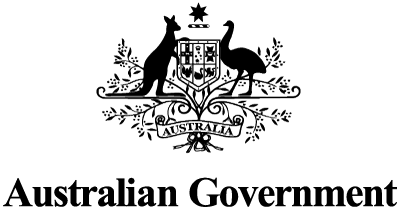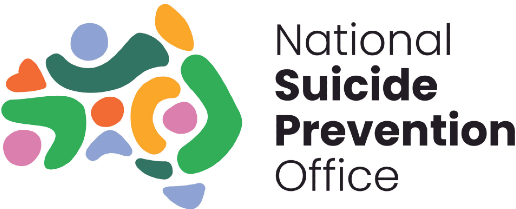0:03
The real benefits of having the National Suicide Prevention Outcomes framework is that it's partnering with the national strategy where the national strategy is really capturing where we think we need to go or where we want to go.
0:19
The outcomes framework is then that tool that helps us monitor if we're getting there.
0:25
The strategy can't really exist without the outcomes framework.
0:29
So we're talking about all these things that we want to do, but if we don't measure, how do we know if we've actually done them?
0:36
So measuring them against the outcomes framework is really positive, and it doesn't just help people at a high level understand what's happening.
0:46
It's actually really great on the ground.
0:49
An outcomes framework, particularly in the context of national suicide prevention strategy really means that we can hold systems to account.
0:58
One of the things that became really clear when we were working together on the development of the national suicide prevention strategy is we we set these really ambitious targets for where the sector needs to move or the work that needs to be done.
1:14
And, and not necessarily even just within kind of suicide prevention specifically, but across all kinds of industries, government departments.
1:22
And one of the things that we came back to quite a lot was the difficulty with actually understanding what's working well.
1:30
It both creates and gives understanding to what the strategy wants to do and intends to do.
1:37
So it's the why for me.
1:40
Suicide is such a personal experience that is very much shaped by structural and societal factors, things that we can collectively do something about in having suicide only talked about as these, you know, in the end, what's happened in terms of rates and things like that, it doesn't give any voice to that personal experience.
2:04
So behind each statistic, there's a person, there's a family, and there's a community.
2:10
And we want to when, when we're looking at qualitative and quantitative data, the data might, might only represent that one loss to suicide.
2:21
It doesn't represent the number of people that have been affected by that loss or the level of distress that those people experience.
2:29
So often our ways of measuring things in suicide prevention has been very deficit spaced.
2:37
So it's, you know, it's really about what goes wrong.
2:40
And you know what, it's really hard to move from an space where you're just sitting in thinking about everything that's going wrong.
2:50
I mean, that's true about living with suicidal distress yourself.
2:54
You actually need to find something that moves you towards, I guess that hope we know that you know, the quant data and the quadrata, you know, the numbers and the stories have sort of been less related or they've been almost sort of distinct.
3:10
What we understand is that a person's experience cannot be articulated purely through numbers and purely through data.
3:19
I had to learn a lot about the difference between quantitative and qualitative data and and I'm still learning within that.
3:26
But obviously a mix is important because you can have facts and figures, but if that's all you've got, it doesn't tell the whole story.
3:34
People with lived experience often feel that the complexities of their experience or, or even the accuracy of their experience is not a perfectly represented within quantitative data.
3:45
I suppose within the LAPD, we're, we're mindful, you know, really conscious of the fact that even within the diversity of our group, we don't have perhaps all the voices that were disproportionately impacted by suicide and particularly the ones who care and love, you know, people that are experiencing that.
4:03
So in going out to the our key partners, and I use the word partners carefully, but definitely mindfully, that such as Guy Dewey, there's been a lot of consultation.
4:12
So the most important part I think of developing something like an outcomes framework is the consultation to make sure in the real world it's going to work and it's going to benefit the community.
4:25
I mean, one of the obvious benefits of the outcomes framework is developing that national consistency.
4:31
So when we're setting those shared outcomes, we have those shared indicators of success gradually over time, ideally suicide prevention services, you know, start collecting more consistent data and we have a better understanding nationally about where we're actually at right now.
4:52
So I would love to say these outcomes not just being used, you know, to monitor the national strategy and not just by the National Suicide Prevention Office or the government.
5:02
Even though the strategy is speaking to government responsibility, it's also speaking to that responsibility that we all have to help create lives where people want to live and don't feel that they need to die by suicide.
5:16
We really need those qualitative insights to be able to to paint that complete picture.
5:21
If we don't have that combination of the both and we're always going to be missing, you know, something that could be really effective for some communities or that could be quite harmful or not necessarily effective for others.
5:37
And so having that that mixed methods approach is is really essential to doing that.
5:41
I'm hoping that the outcomes framework will be something that right across the sector, whether it is the PHN or whether it is any organisation, they can use that or as a map, as an as a map and as a guide to what they should be doing.
5:58
The person.
5:59
Outcomes means that we put people, individuals and their families at the heart of suicide prevention.
6:05
Things can be different tomorrow to what they are today.

